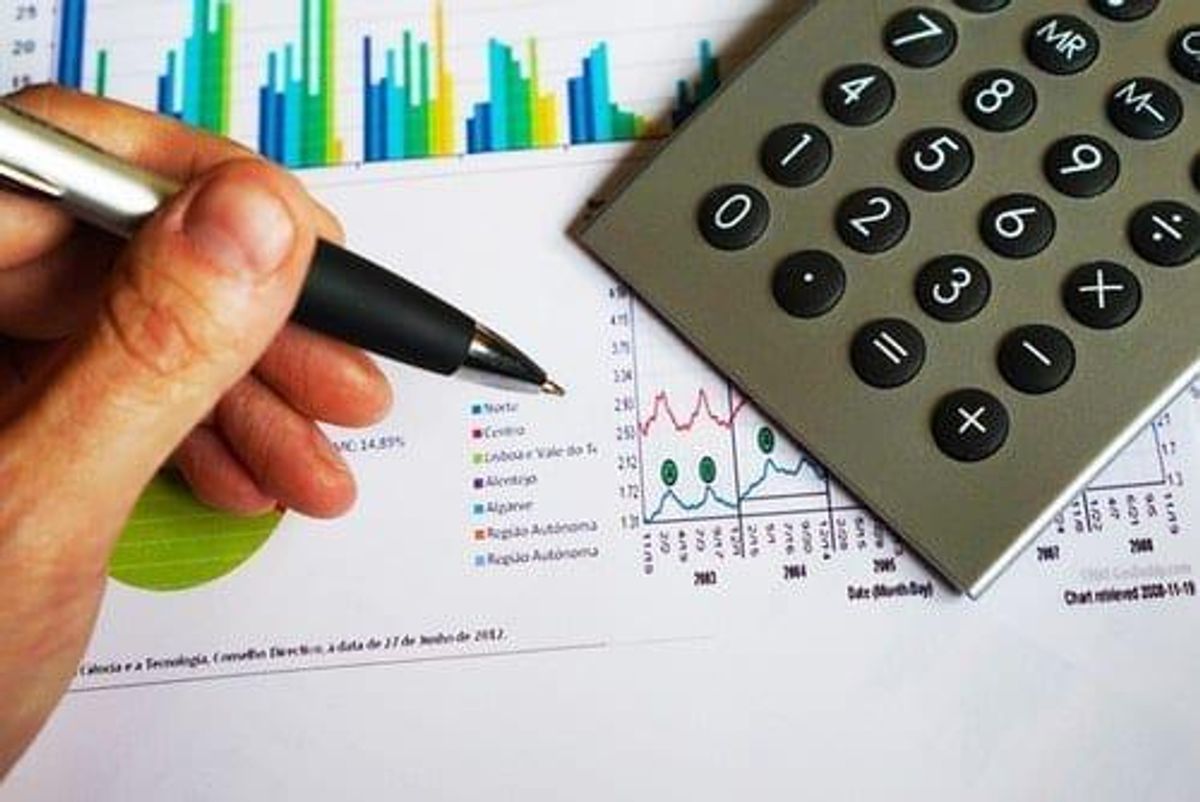BHP Reports Strong Annual Financials, Optimism for 2020
In its report for the 2019 fiscal year, major miner BHP said its net debt came to US$9.2 billion, down US$1.7 billion from 2018.

In its report for the 2019 fiscal year, major miner BHP (ASX:BHP,NYSE:BHP,LSE:BLT) announced that its net debt came to US$9.2 billion, down US$1.7 billion from 2018.
The company attributed the reduction to strong free cash flow, which can be seen in its profits. Attributable profit came to US$8.3 billion, while underlying attributable profit came to US$9.1 billion, marking a 2 percent increase from last year. Meanwhile, profit from operations came to US$16.1 billion.
BHP further flaunted its cash by returning a record total of US$17 billion to shareholders over the year. This includes a record final dividend of US$0.78 per share, which is US$0.25 above the US$0.53 required by the company’s minimum dividend payout policy.
“Higher prices and record production from several of our operations contributed to strong operating cash flows. We used that cash to invest in attractive growth projects, advance our exploration programs and increase returns to shareholders,” BHP CEO Andrew Mackenzie said in a statement.
Mackenzie went on to discuss six projects that the company has under development across several commodities and highlighted that each one is on schedule and budget.
“This disciplined approach sets us up to deliver strong returns over the long term. Our transformation programs have the potential to unlock significant value through more productive and stable operations, as we embrace new ways of working and harness new technology.”
In terms of productivity, the company acknowledged that operational improvements — such as record volumes at its Jimblebar iron ore mine and record throughput at its Chilean copper assets — were impacted by various headwinds. These include grade declines at its copper projects, along with the separate impact of unplanned production outages in the first half of the 2019 fiscal year.
BHP experienced a handful of other hiccups at its assets last year, such as a fire at its Kalgoorlie nickel smelter and a runaway train incident. The latter temporarily impacted the company’s iron ore shipments out of Western Australia’s Pilbara region, causing a stir within one of BHP’s most prominent operations.
According to BHP, the year saw overall negative movement of US$1 billion after all improvements and headwinds were taken into account.
Looking ahead, the company anticipates that group copper equivalent production for its 2020 financial year will be slightly higher than it was for the year that just wrapped up. It expects output to grow from 1.68 million tonnes to a range of 1.7 million to 1.82 million tonnes.
Similarly, iron ore production is set to rise from 238 million tonnes to a range of 242 million to 253 million tonnes on the back of strong performances from BHP’s Western Australian iron ore assets.
In Australia, BHP’s share price grew 0.14 percent to reach AU$36.30 by the end of Tuesday (August 20).
On the London Metal Exchange, copper rested at US$5,755 per tonne as of Monday (August 19). Elsewhere, iron ore was down 0.36 percent to US$94.02 per tonne as of 4:53 a.m. EDT on Tuesday.
Don’t forget to follow us @INN_Resource for real-time updates!
Securities Disclosure: I, Olivia Da Silva, hold no direct investment interest in any company mentioned in this article.




